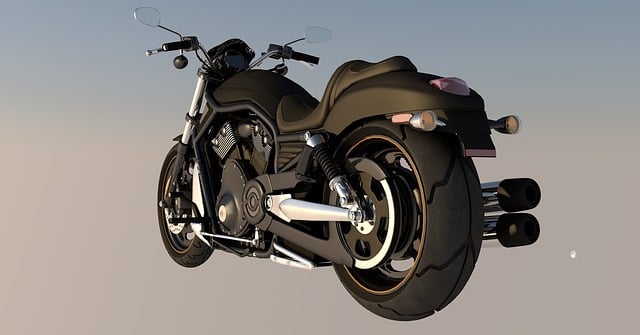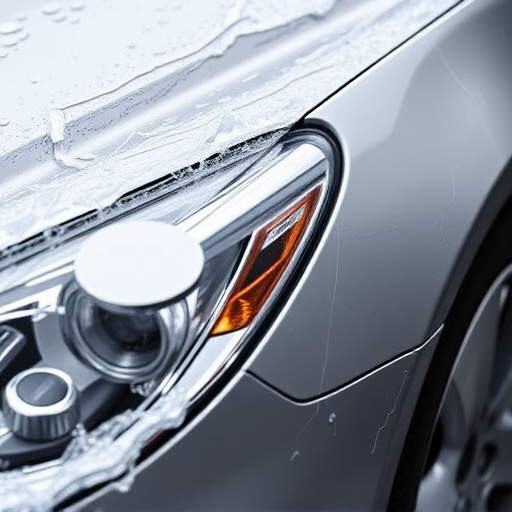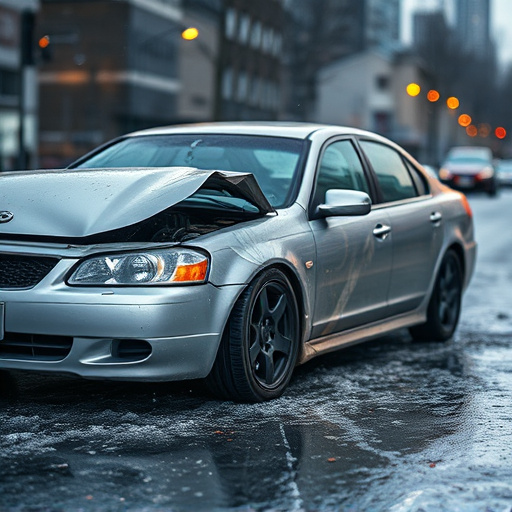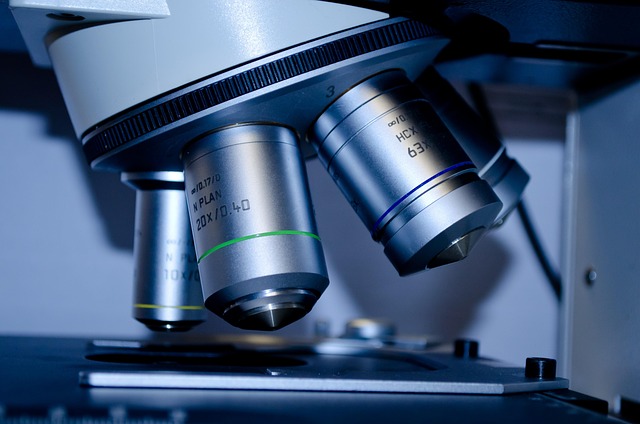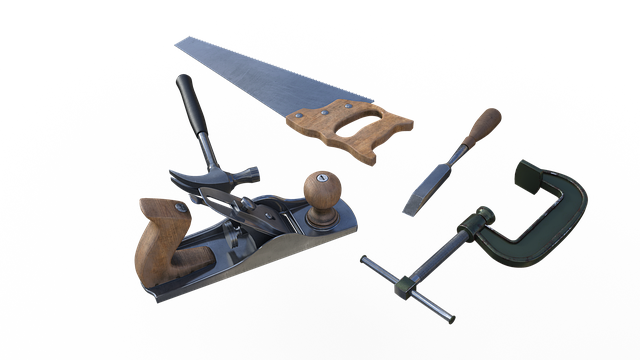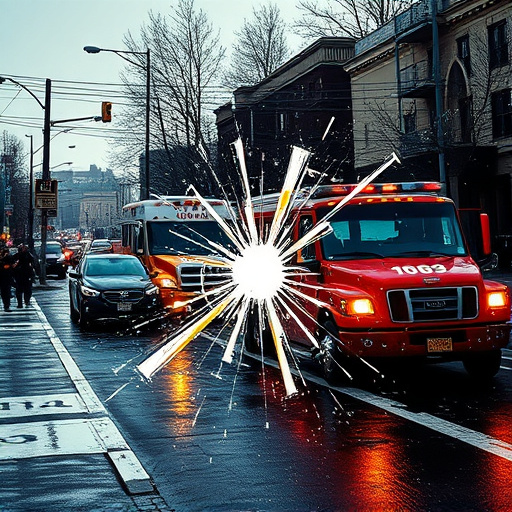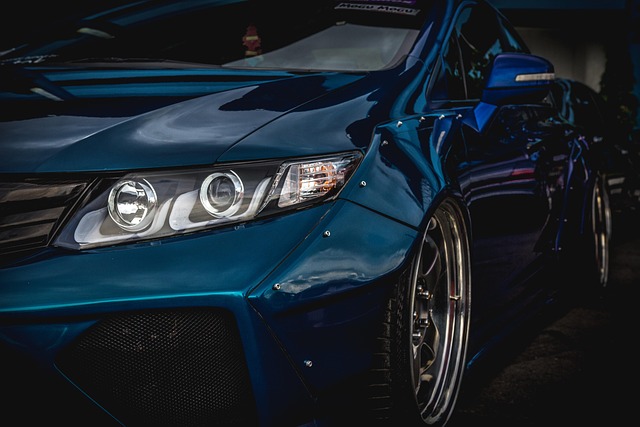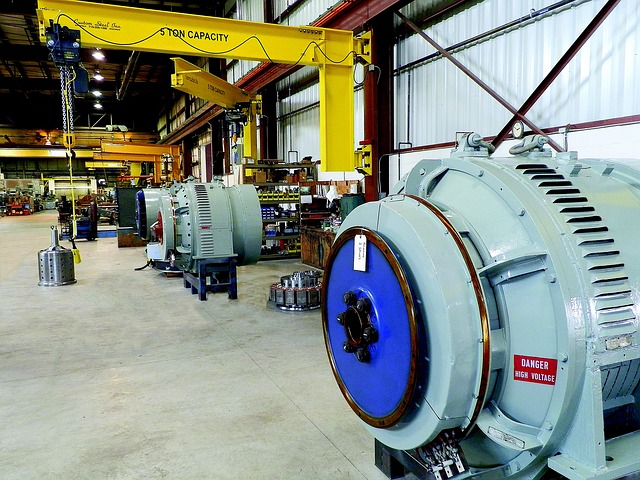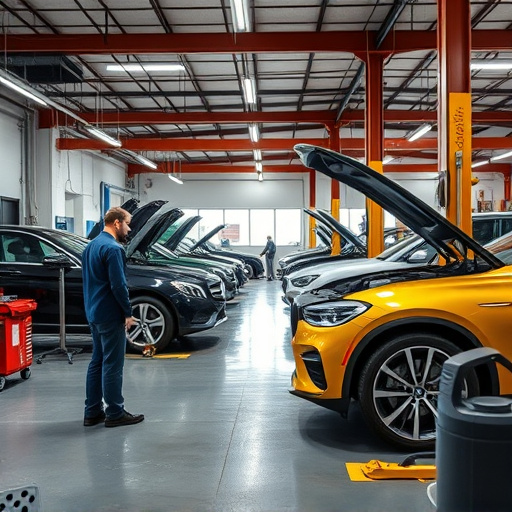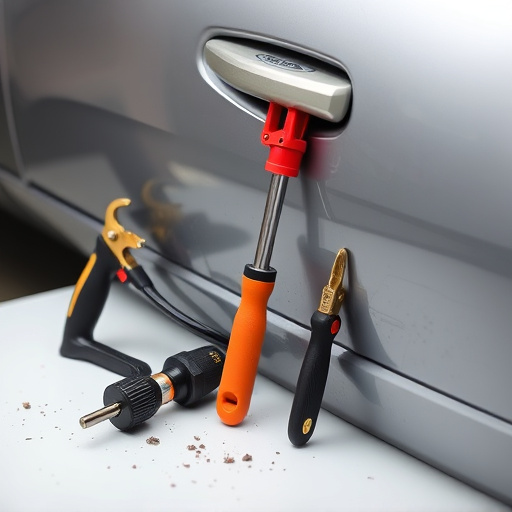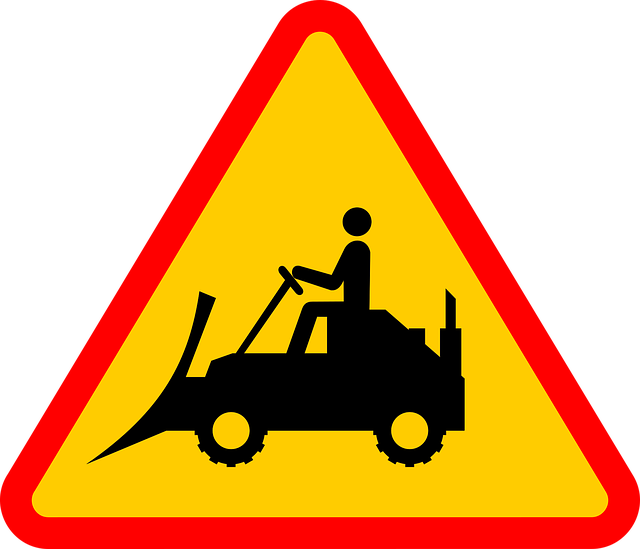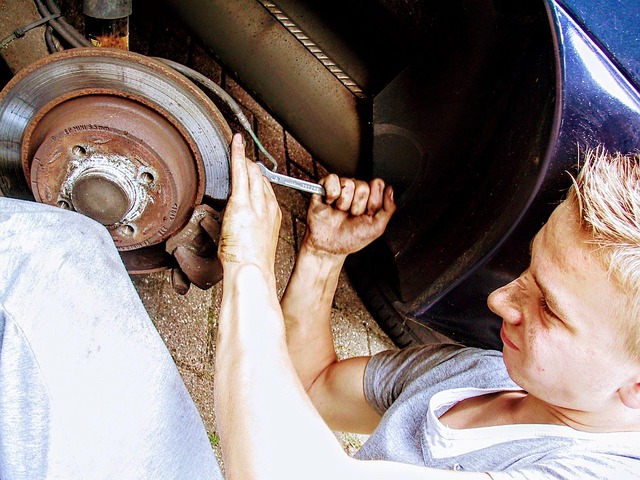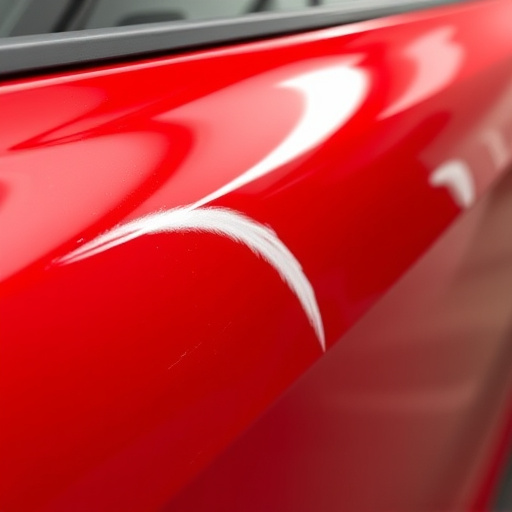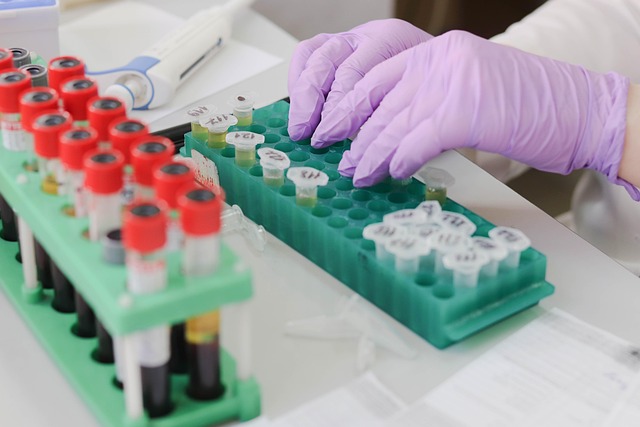MIG welding collision repair is a precise, efficient technique using an automated arc process to melt and fuse diverse metal types, creating strong bonds for structural repairs on vehicles. After thorough inspection and mapping of damage, skilled technicians use specialized equipment for meticulous welds matching original metal properties, restoring structural integrity and aesthetic appeal while prioritizing safety and functionality. Though requiring specialized training, equipment, and ventilation, MIG welding's versatility, speed, and precision make it a top choice for high-quality modern restoration results in auto body shops.
“Uncover the transformative power of MIG welding collision repair, a game-changer in the automotive industry. This comprehensive guide takes you through the process, from understanding the fundamentals of MIG welding to its seamless integration into collision repair techniques.
We’ll explore how this advanced method ensures precise, robust welds, restoring vehicles to their pre-accident condition. Discover the benefits and unique considerations that make MIG welding a preferred choice for professionals, offering both efficiency and superior structural integrity.”
- Understanding MIG Welding: A Basic Overview
- The Collision Repair Process with MIG Welding
- Benefits and Considerations for MIG Welding in Collision Repair
Understanding MIG Welding: A Basic Overview
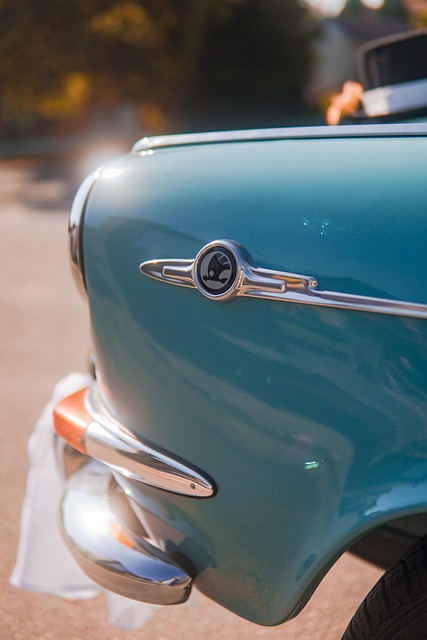
MIG welding is a highly effective method for collision repair, offering precision and efficiency. It’s an automated arc welding process where a continuous wire electrode is fed through a gun, creating a steady weld pool. This technique is ideal for structural repairs on vehicles due to its ability to join various metal types and produce strong, clean bonds. The process involves high heat generated by the arc, melting the metals and fusing them together.
Understanding MIG welding’s fundamentals is crucial for anyone involved in auto repair shops or auto detailing services. It allows professionals to efficiently handle collision damage, ensuring quality repairs. With proper training, operators can control factors like wire speed, voltage, and gas flow to achieve optimal weld results, making it a versatile choice for both minor and major auto maintenance tasks.
The Collision Repair Process with MIG Welding
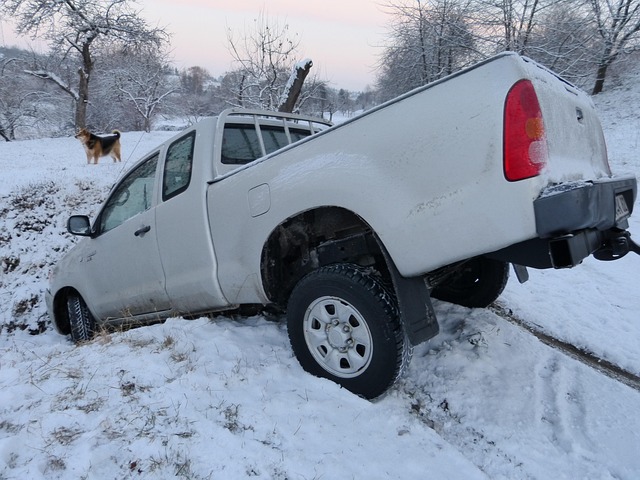
The process of collision repair using MIG welding involves several meticulous steps designed to return damaged vehicles to their pre-accident condition. It begins with a thorough inspection to assess the extent of the damage, including measuring and mapping any dents, cracks, or other deformations. Once the car body shop identifies all areas requiring attention, the actual restoration work commences.
Skilled technicians use specialized equipment for MIG welding collision repair, ensuring precise and robust welds that match the original metal’s properties. This method allows for the seamless fusion of parts, restoring structural integrity and achieving a smooth finish. Throughout the process, the car body restoration aims to maintain the vehicle’s aesthetic appeal while ensuring safety and functionality, ultimately delivering a high-quality outcome.
Benefits and Considerations for MIG Welding in Collision Repair
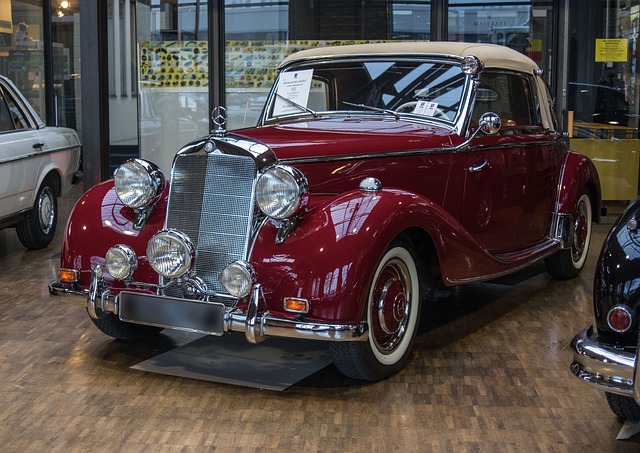
MIG welding collision repair offers several significant advantages for auto body shops and vehicle restorers. Its precision and efficiency allow for cleaner, stronger welds, which are crucial in restoring car bodywork to its original integrity and aesthetics. This technique is particularly beneficial for intricate repairs, as it can accommodate complex geometries without sacrificing quality or structural soundness. Moreover, MIG welding minimizes the risk of heat-related damage to surrounding materials, making it a preferred method for delicate auto detailing tasks.
However, several considerations come into play when employing MIG welding collision repair. The process demands specialized equipment and training, which can be an initial investment for shops. Additionally, proper ventilation is essential due to the inert gases used, ensuring a safe working environment. Despite these requirements, MIG welding’s versatility, speed, and precision make it a game-changer in the field of car bodywork restoration, enabling professionals to deliver high-quality results that meet modern standards.
MIG welding collision repair offers a robust, efficient solution for auto body restoration. By understanding the basics of MIG welding, the collision repair process, and its numerous benefits, you can expect high-quality, durable results that match or exceed factory standards. This advanced technique, with its precise control and versatility, is a game-changer in the industry, ensuring folks receive safe, reliable vehicles faster than ever before.
